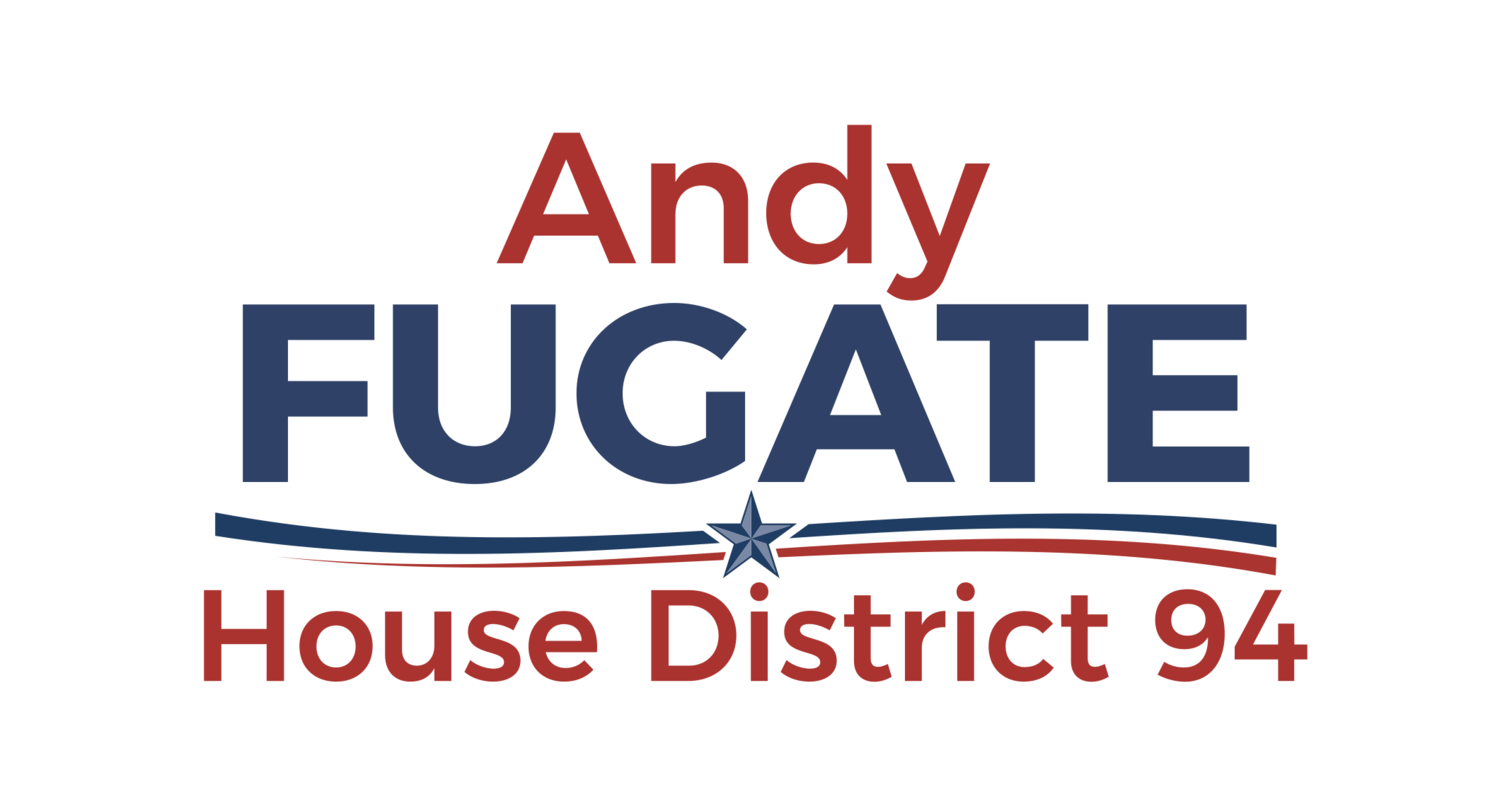Opportunity
Image by Gerd Altmann from Pixabay
Each year the United States spends approximately $20 Billion to provide rental assistance to low-income families through Housing Choice Vouchers.
What? You’ve never heard of Housing Choice Vouchers? Perhaps you know them by the more common name, Section 8 Housing.
Under the law, this money can be spent in any neighborhood within a Housing Authority's jurisdiction. But most of the 2.2 million families using vouchers continue to live in high-poverty, low-opportunity neighborhoods.
The question is why?
Research shows that living in high-opportunity neighborhoods means better outcomes for families. Every year a child spends growing up in a better neighborhood improves their outcomes in adulthood. These children are more likely to graduate from college. They are more likely to get married before they have children. They will earn more. They even have better health outcomes.
So what keeps families from moving?
Why do they stay?
What barriers exist?
From a governing perspective, we have a couple of policy options.
We can (and should) invest in strategies to improve existing low-opportunity neighborhoods.
We can help families with younger children move to higher-opportunity neighborhoods.
About this time last year, I ran across an article about a Housing Choice Voucher pilot program in Seattle / King County called CMTO - Creating Moves To Opportunity. I’m a firm believer in giving people information to empower them to make informed decisions for themselves. So what I read intrigued me. CMTO works to empower these families with information and support to make meaningful decisions about the best places to live.
That's why I requested an interim study about the CMTO.
The study will be presented to the House Business and Commerce Committee at 1:30pm on October 7, in room 206 in the Oklahoma State Capitol. For those who can’t make it in person, the meeting will be streamed live on the Oklahoma House website and archived for later viewing.
If you’d like to know more, take a minute to watch this introductory video.


